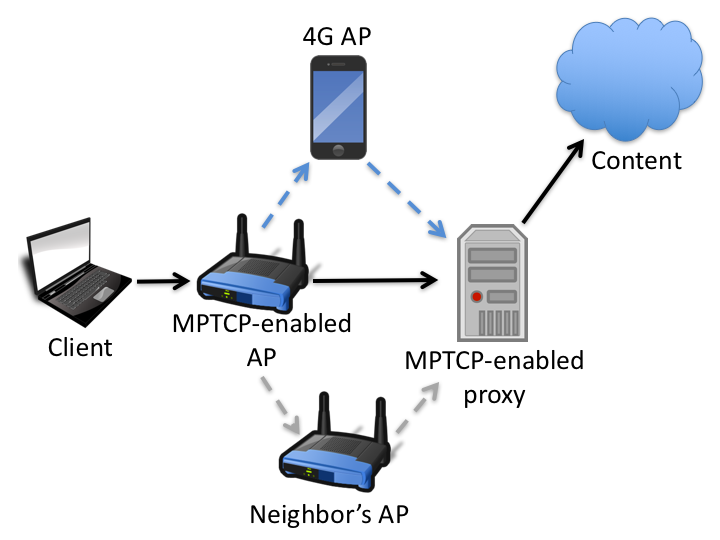Over the last decade, broadband access speeds have continuously increased, spurred by both government and private investment in infrastructure. Such investments are motivated by the recognized social and economical benefits of connectivity.
While providing access and sufficient capacity still remains a challenge in many parts of the world, in most developed countries, broadband providers are offering sufficiently high capacities (i.e., above 10~Mbps) to encourage consumers to migrate services for entertainment, communication and home monitoring to over-the-top (OTT) alternatives. According to a recent survey, nearly 60% of U.S. broadband households subscribe to an OTT video service. This has begun to impact pay-television providers with an estimated loss of approximately 1.4 million customers "cutting the cord" in 2014.
As users continue to migrate to OTT services, meeting user expectations of service reliability is becoming paramount. In our study of the reliability of broadband services in the US, we found that no ISP was able to provide more than two nines (i.e., 99.80%) of service availability, with 17.8 hours of downtime per year. Defining a broadband service as "available" if it provides less than 1% packet loss left only a single provider of the 19 ISPs in the FCC dataset (Verizon Fiber) with two nines of availability.

Motivated by these findings we developed a system called "AlwaysOn" which uses MultiPath TCP (MPTCP) to leverage the fact that most broadband users are potentially within range of a number of additional Access Points (APs), whether they be APs set up by their neighbors, or the ability to use a 4G-enabled device as a Wi-Fi hotspot.
No matter what type of alternative connection is used, after enabling MPTCP on a home gateway and proxy and setting up a tunnel between them, AlwaysOn is able to seamlessly transfer traffic across different Internet paths. In the figure above, if a user's connection to the Internet fails, their gateway can automatically route traffic via their 4G hotspot or a neighbor's AP.